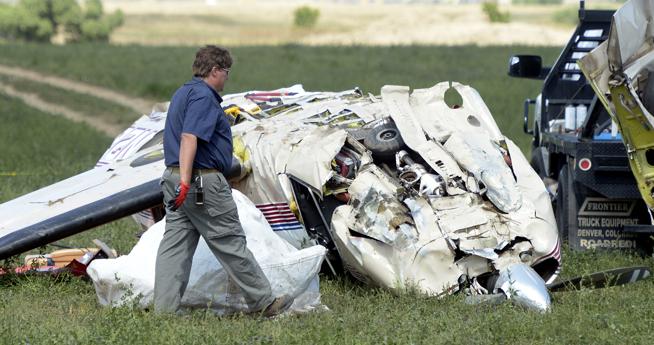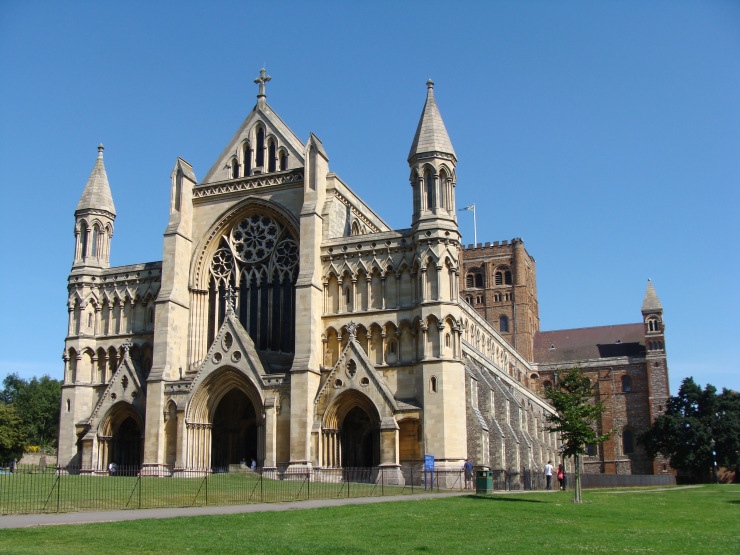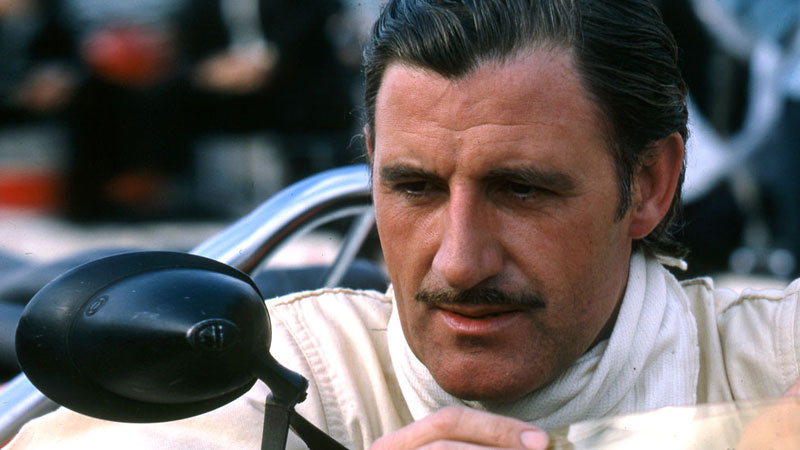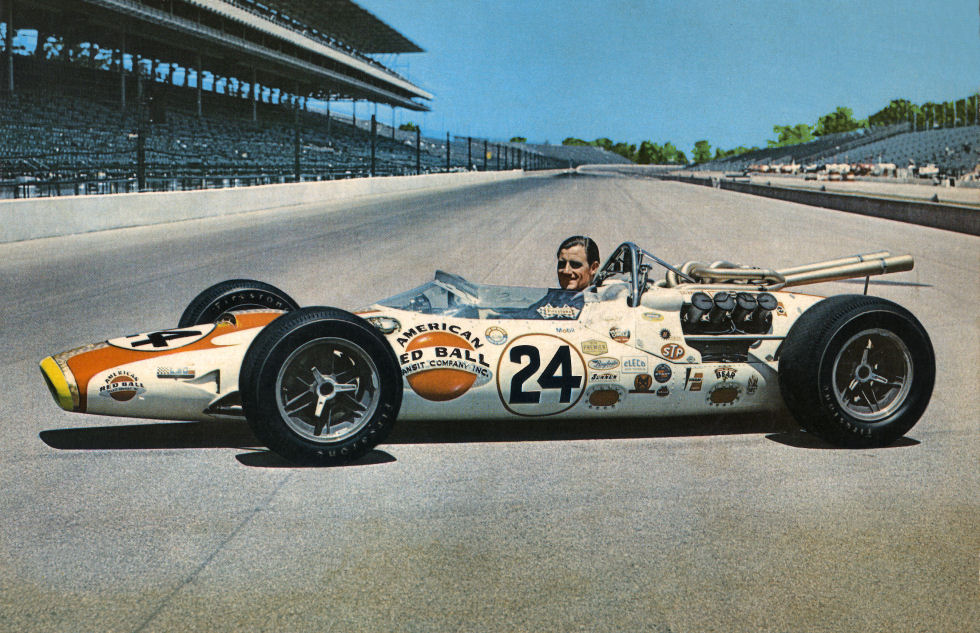«Please Pray»: Plane crash kills F1 champion

Sadness day in F1 History – 5th December 1975 a Funeral for F1 legend
On this day forty years ago, over 2,000 people attended the service to celebrate the life of Graham Hill who had been killed just a week before. Outside St. Albans Abbey another 2,000 gathered to pay their respects as the double World Champion was laid to rest.
He and five other members of the Hill racing team had been killed in an aircraft crash as they returned from testing at the Paul Ricard circuit in heavy fog. Hill, who was piloting the aircraft, mistook the lights of the A1 trunk road for the landing lights at the nearby
Elstree airfield and they perished.
From his debut in 1958 to his retirement in 1975, Hill won the title twice, fourteen Grand Prix victories which included five at Monaco and also claimed victory at Le Mans and at the Indianapolis 500. A popular man with both fans and fellow drivers, he defined an era that will never be seen again.
If the jury could abide by a simple few rules, that being no flaming of an author or fellow commenter without a fully explained reason. Racism and unsolicited advertising is also not tolerated here.
Please also keep the discussion about F1 and the article above. Do not use TJ13 as a means of trolling each other.
Body blow to motor sport
THE DEATH of Graham Hill along with the principal members of the Embassy Hill racing team comes as a severe blow to British motor racing. Tony Brise, the 23-year-old driver who died when Hill's aircraft crashed coming into land at Elstree on Saturday night, was probably Britain's brightest Grand Prix hope. Ray Brimble, the team manager who was also killed, had been among the most experienced.
With Hill, Brise, Brimble , Andy Smallman (the designer of Hill's new car) and the mechanics Terry Richards and Tony Alcock all dead in the crash, there is virtually no team left to carry on. The only survivor of those directly involved with Graham Hill racing, in their small factory at Hanworth, Middlesex, is the assistant team manager, Mike Young, and two mechanics.
Hill, awarded the OBE in 1969, was one of the great racing drivers of the modern era. World champion in 1962 with BRM, and in 1968 with Lotus, his most famous single victory was in 1966 when he won the American classic, the Indianapolis 500, at his first attempt. The first thing he bought with his share of the £55,000 prize fund from this race was the Aztec aircraft in which he met his death on Saturday.
In 1972 he won the important Le Mans 24-hour sports car race, and was the only driver to have achieved the triple distinction of winning the Formula One world championship, Le Mans and Indianapolis, three separate sorts of motor racing, requiring altogether different talents.
There has probably never been such a universally popular racing driver.
Hill earned the affection especially of the British enthusiasts by appearing less of a dedicated monastic than some of his more tedious contemporaries. People realised his achievements were more the result of determination and hard work than natural ability, and identified more easily with him than ever they did with the well publicised adroitness of Jackie Stewart, or the shy genius of Jim Clark.
Hill's breezy, good-humoured role in public was, of course, only half the story. He could be tough, too, particularly in business, expecting and invariably obtaining only the very best from his associates.
Even when his racing career was winding down, when he had long lost the competitive edge, starting races from embarrassingly far back on the grid, and sometimes not even qualifying, Hill was still in demand as a personality. Appearances on television, including his never-to-be-forgotten verbal sparring matches with Jackie Stewart, were part of the entertaining pattern of his life.
Hill won the Monaco Grand Prix five times, and the American Grand Prix thrice. He started racing as an amateur in 1954 driving his first Grand Prix at Monaco in 1958, completing 18 seasons in the sport, mostly at the top, taking part in 176 Grands Prix, winning 14 of them and finishing in the first three 36 times. It was a career distinguished by determination and courage, especially after his accident during the 1969 United States Grand Prix in which he broke both legs.
Following his retirement earlier this year Hill concentrated on building up his own racing team but his efforts had so far met with only limited success, and been marred by tragedy. The Spanish Grand Prix in April was stopped after Rolf Stommelen, driving one of Hill's new cars, crashed, killing four bystanders. Stommelen survived, but has hardly raced since.
It was only when Hill gave Brise his chance, just 10 days after his astonishing performance in the Monaco Formula Three race, that the Embassy Hill effort really came alive. Brise had swept the board in British Formula Atlantic racing, and was clearly a natural driver with reserves of talent which looked like taking him far.
Brise raced karts when he was 10, was winning championships at 12, and was already something of a veteran when he started motor racing proper at the age of 18.
By the time he graduated with an honours degree in business administration from Aston University, Birmingham, he had won 26 Formula Ford races and held several lap records. This year, his best place was sixth in the Swedish Grand Prix, but he had run in several races well up amongst the leaders, and would certainly have been in contention for the 1976 world championship.
Brimble, the team manager, had been working in the United States with the shadow Can-Am team, returning to Europe to manage Hill's cars, first with Shadow, then with the Embassy Hill team.
Smallman joined six months ago as a designer, and had been largely responsible for the GH2 which the team had been testing on the Paul Ricard track near Marseille.
Политика конфиденциальности | Правила пользования сайтом











